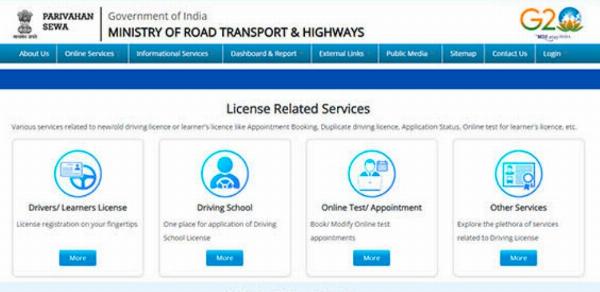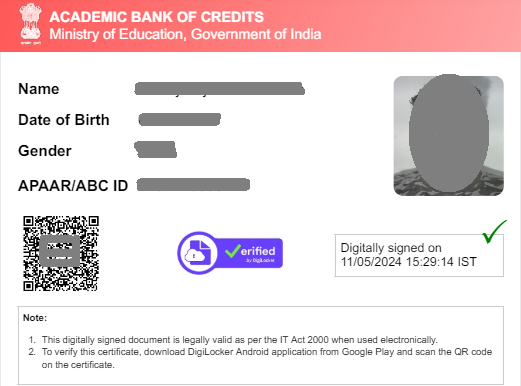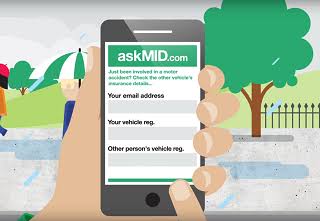VAHAN 4.0: Revolutionizing Vehicle Registration and Management in India

Strong 8k brings an ultra-HD IPTV experience to your living room and your pocket.
VAHAN 4.0 is an advanced version of India's national vehicle registration and management system, developed by the Ministry of Road Transport and Highways (MoRTH). This comprehensive system aims to streamline and digitize various processes related to vehicle registration, ensuring greater efficiency, transparency, and accessibility. The introduction of VAHAN 4.0 represents a significant step forward in leveraging technology to improve public services and governance.
Overview of VAHAN 4.0
Inception and Objectives
VAHAN 4.0 was conceived as part of the National e-Governance Plan, which seeks to transform the delivery of government services through the use of information technology. The primary objectives of VAHAN 4.0 are:
- To provide a unified and standardized platform for vehicle registration and management across India.
- To simplify and expedite processes for vehicle owners, dealers, and transport authorities.
- To enhance data accuracy and reduce instances of fraud and discrepancies in vehicle registration.
- To facilitate seamless integration with other government systems and databases, promoting interoperability and data sharing.
Key Features
1. Online Services: VAHAN 4.0 offers a wide range of online services, including new vehicle registration, transfer of ownership, issuance of duplicate registration certificates, renewal of registration, and more. These services are accessible to vehicle owners, dealers, and transport authorities through a user-friendly web portal.
2. Digital Documentation: The system supports the submission and verification of digital documents, reducing the need for physical paperwork. This not only speeds up the process but also minimizes errors and the risk of document tampering.
3. Interoperability: VAHAN 4.0 is designed to integrate with other government databases, such as the National Register, the Crime and Criminal Tracking Network and Systems (CCTNS), and the Ministry of Heavy Industries' database. This enables seamless data exchange and verification.
4. E-Payments: The platform supports electronic payments for various fees and taxes related to vehicle registration. This feature enhances convenience for users and ensures secure transactions.
5. Real-Time Data: VAHAN 4.0 provides real-time access to vehicle data, which is beneficial for law enforcement agencies, insurance companies, and other stakeholders. This ensures timely and accurate information is available for decision-making and enforcement.
6. User Authentication: The system employs robust user authentication mechanisms, including Aadhaar-based verification, to ensure the security and integrity of the data.
Implementation Mechanism
The implementation of VAHAN 4.0 involves several key steps:
1. Registration and Migration: Existing vehicle registration data from state-level systems are migrated to the centralized VAHAN 4.0 platform. New registrations are directly recorded in the system.
2. Training and Capacity Building: Comprehensive training programs are conducted for transport department officials, dealers, and other stakeholders to familiarize them with the new system and its functionalities.
3. Public Awareness: Awareness campaigns are carried out to inform the public about the benefits and processes of using VAHAN 4.0, encouraging widespread adoption.
4. Continuous Support: A dedicated helpdesk and support team are available to assist users with any issues or queries related to the system.
Impact and Benefits
Efficiency and Convenience
VAHAN 4.0 significantly reduces the time and effort required for vehicle registration and related processes. By enabling online submissions and digital documentation, it eliminates the need for multiple visits to transport offices and long waiting times.
Transparency and Accountability
The digital nature of VAHAN 4.0 enhances transparency in vehicle registration processes. It ensures that all transactions are recorded and traceable, reducing the scope for fraudulent activities and corruption.
Improved Data Management
The centralized database maintained by VAHAN 4.0 ensures that vehicle data is accurate, up-to-date, and easily accessible. This improves data management and enables better policy formulation and implementation.
Enhanced Law Enforcement
With real-time access to vehicle data, law enforcement agencies can quickly verify vehicle details, track stolen vehicles, and enforce traffic regulations more effectively. The integration with other databases also aids in identifying and addressing criminal activities involving vehicles.
Environmental Benefits
By reducing the need for physical paperwork and travel to transport offices, VAHAN 4.0 contributes to a reduction in carbon emissions and promotes a more sustainable approach to vehicle registration and management.
Challenges and Criticisms
While VAHAN 4.0 offers numerous benefits, it also faces certain challenges:
- Digital Divide: Ensuring that all citizens, particularly those in rural and remote areas, have access to the internet and are digitally literate enough to use the online services remains a significant challenge.
- Data Security: Protecting the vast amount of sensitive data stored in the system from cyber threats and ensuring user privacy is a critical concern.
- System Integration: Achieving seamless integration with various state-level systems and other government databases requires continuous effort and coordination.
Future Prospects
To address these challenges and enhance the effectiveness of VAHAN 4.0, the following measures could be considered:
- Infrastructure Development: Investing in digital infrastructure, particularly in underserved areas, to ensure that all citizens can access and benefit from the online services.
- Cybersecurity Measures: Implementing advanced cybersecurity protocols and regularly updating them to protect the system from emerging threats.
- User Education: Conducting widespread digital literacy programs to educate citizens about the use of VAHAN 4.0 and the importance of data security.
Conclusion
VAHAN 4.0 represents a transformative approach to vehicle registration and management in India. By leveraging technology to streamline processes, enhance transparency, and improve data management, the system provides significant benefits to vehicle owners, transport authorities, and other stakeholders. With continued efforts to address challenges and promote digital inclusion, VAHAN 4.0 has the potential to revolutionize vehicle management and contribute to the broader goals of e-governance and sustainable development in India.
Note: IndiBlogHub features both user-submitted and editorial content. We do not verify third-party contributions. Read our Disclaimer and Privacy Policyfor details.







